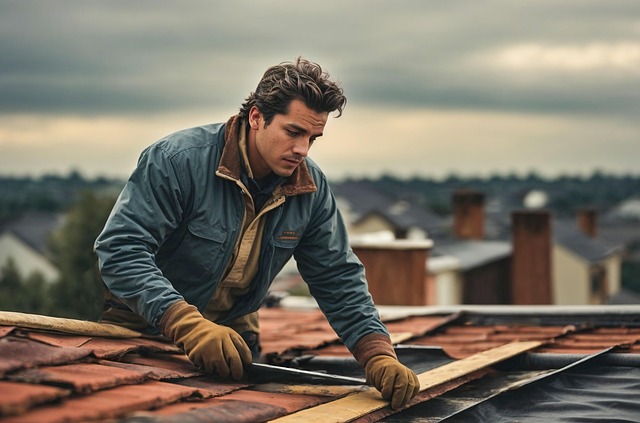Prompt pipe repair is crucial in mitigating water damage caused by corrosion, temperature fluctuations, and mechanical sources. Regular maintenance, including managing water pressure, insulating pipes, and scheduling professional flushing, prevents leaks and bursts. In emergencies, tools like clamps, repair couplings, and a well-stocked toolbox aid quick fixes. For stubborn issues or old pipes, professional pipe repair services ensure efficient troubleshooting and compliance with local regulations. Regular preventative measures significantly reduce the need for costly emergency repairs. Obtaining quotes from reputable plumbers and understanding insurance coverage are essential cost considerations.
“In every home or business, pipe repairs are an often overlooked yet crucial aspect of maintenance. Emergency pipe damage can lead to significant water waste, costly renovations, and even structural hazards. This article guides you through the essentials of prompt pipe repair, from identifying common causes like corrosion, burst pipes, and tree root intrusion, to exploring various repair methods and essential tools. Learn when to tackle issues yourself or when professional help is required, plus discover preventive strategies for long-term pipeline health.”
Understanding Common Causes of Pipe Damage

Pipe damage can arise from various factors, often requiring prompt action for effective pipe repair. Understanding these common causes is essential in preventing or mitigating potential issues. One significant cause is corrosion, which weakens pipe structures over time, especially in areas with high moisture levels or poor ventilation. This natural process can lead to leaks and bursts, necessitating immediate pipe repair interventions.
Another frequent culprit is extreme temperature fluctuations, particularly in freezing climates. Water inside pipes expands as it freezes, exerting pressure on the pipe walls. This can result in cracks, splits, or even burst pipes, especially in older or poorly insulated systems. Additionally, mechanical damage from construction activities, vehicle accidents, or household tools can cause significant harm, underlining the importance of regular pipe repair maintenance to safeguard plumbing systems.
Types of Emergency Pipe Repair Methods
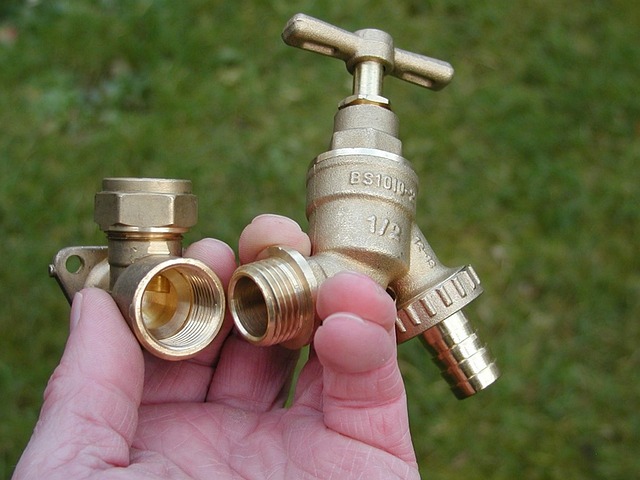
When facing a pipe repair emergency, understanding the various methods available can help streamline the process and minimize water damage. One common approach is clamping, suitable for temporary fixes and easily accessible leaks. These clamps create a tight seal around the damaged area, halting water flow until a more permanent solution can be implemented.
Another effective method involves using repair couplings or sleeves. These adaptive components slide over the broken pipe, providing an immediate seal and allowing for easy replacement of the affected section. Repair couplings come in various materials like metal or PVC, ensuring compatibility with different types of pipes. This quick-fix technique is ideal for situations where time is of the essence during emergency Pipe Repair.
Tools and Equipment Needed for Quick Fixes

When it comes to emergency pipe repair, having the right tools and equipment can make all the difference in efficiency and effectiveness. For quick fixes, a few essential items should be part of your toolkit. Start with a good set of pliers, including adjustable and needle-nose varieties. These are indispensable for tightening connections, cutting through damaged pipes, and reaching tight spaces.
Additionally, a leak detection solution or a torch can help pinpoint the source of the issue. A kit containing various sized replacement gaskets and clamps is also beneficial as these parts are common culprits in pipe repairs. Never underestimate the value of a well-stocked toolbox when it comes to emergency pipe repair—it could save you time, money, and potential water damage.
When to Call in the Professionals
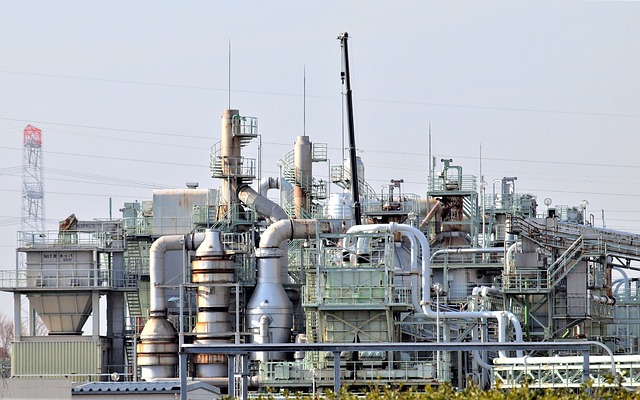
If a simple, DIY approach isn’t effective or if your pipe issue seems complex, it’s time to call in the professionals for emergency pipe repair. Leaks that persist despite your best efforts, sudden burst pipes, or unusual noises coming from your plumbing system are clear signs that professional help is required. Plumbing experts have the specialized tools and knowledge to diagnose and fix these problems quickly and efficiently.
Additionally, if you’re dealing with pipes that are old, corroded, or made of materials no longer considered safe (like lead), it’s best to leave repairs to professionals who can ensure the work is done safely and in compliance with local regulations. Prompt action from experts can prevent further damage, minimize water waste, and save you money in the long run by avoiding potential flooding or more severe plumbing issues.
Preventive Measures for Long-Term Pipeline Maintenance
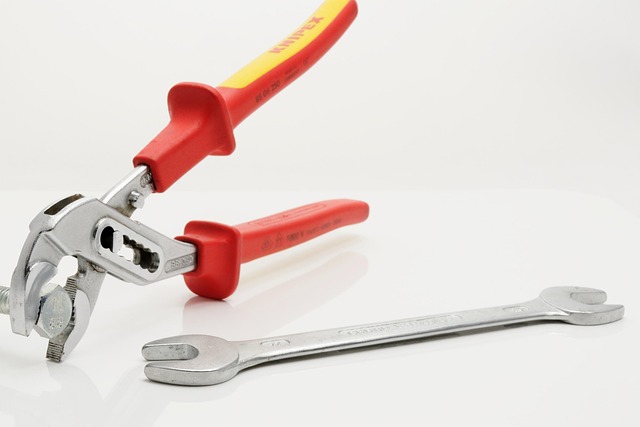
Regular maintenance is key to preventing emergency pipe repairs and ensuring pipelines last for years to come. Beyond routine inspections, there are several preventative measures homeowners and property managers can take. One effective strategy involves understanding and managing water pressure levels. Excessive pressure can lead to pipeline damage, so installing pressure regulators helps maintain optimal pressure, protecting pipes from potential harm. Additionally, insulating exposed pipes, especially in colder climates, prevents freezing and burst pipes, a common cause of emergency repairs.
Another crucial step is scheduling professional pipe flushing to remove sediment buildup that can clog pipelines. Regular flushing, coupled with using water softeners to reduce mineral accumulation, minimizes the risk of blockages. Lastly, staying vigilant about leaks is essential; addressing small leaks promptly prevents them from escalating into larger, more costly issues. Regular checks around pipes and fixtures can catch leaks early on, making emergency repairs less frequent and saving money in the long term.
Cost Considerations and Insurance Coverage
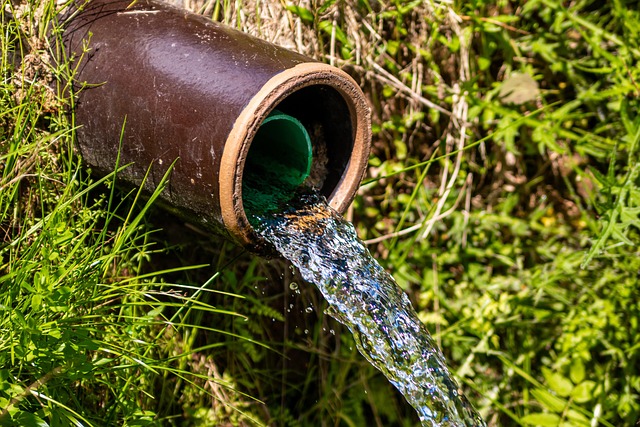
When it comes to emergency pipe repairs, cost considerations are paramount. The expense of fixing a burst pipe or replacing damaged plumbing can vary greatly depending on several factors, including the extent of the damage, access to the affected area, and the type of materials used. It’s crucial to obtain quotes from reputable plumbers to understand the financial commitment involved. Additionally, insurance coverage plays a significant role in mitigating these costs. Many home insurance policies include plumbing coverage, which can cover a portion or all of the repair expenses. Reviewing your policy terms and conditions will help determine if your specific situation is covered, ensuring you’re not left with unexpected bills for emergency pipe repairs.
